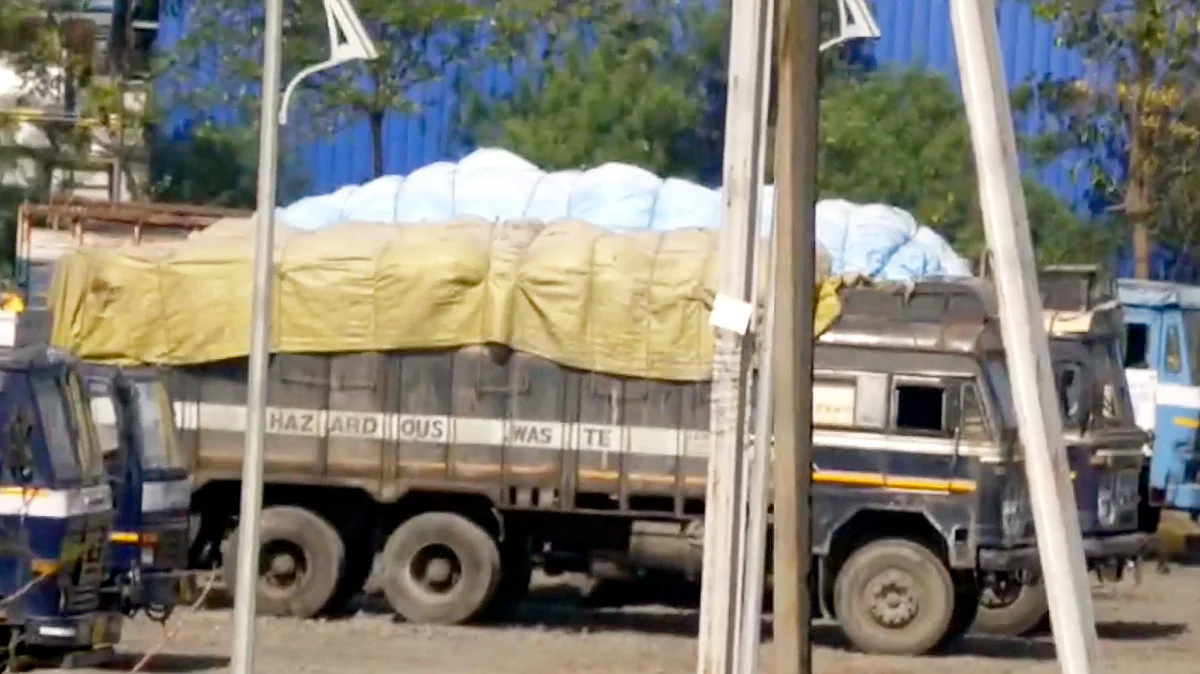Nation
Second round of trial burning of Union Carbide waste ends in MP’s Pithampur
Emission levels are within permissible limits, air quality data from other equipment installed in different areas are being collected, say officials

The second round of trial incineration of the Union Carbide waste at a disposal plant in Madhya Pradesh’s Dhar district ended on Saturday night, 8 March, an official said.
Shriniwas Dwivedi, regional officer of Madhya Pradesh Pollution Control Board, said the second phase of the trial started around 11 am on 6 March and was over at 7.01 pm on 8 March (Saturday).
There was internet interruption which delayed the incineration for about 20 minutes, he said.
A total of 10 tonnes of the carbide waste was incinerated at the disposal unit, he said.
The official said all emission levels were within permissible limits, adding that air quality data from other equipment installed in different areas are also being collected.
Published: undefined
As part of the plan to dispose of 337 tonnes of waste from the defunct Union Carbide factory in Bhopal, the site of the 1984 industrial catastrophe, the material was transported to the waste disposal plant in Pithampur, about 250 km from the state capital, on 2 January.
According to an order of the Madhya Pradesh High Court, the trial disposal of this waste is to be done in three rounds while strictly following safety norms and a report is to be presented before the HC on 27 March.
The first phase of the trial incineration concluded on 3 March.
In the second round of the trial, 10 tonnes of waste was disposed of at a rate of 180 kg per hour.
Officials said the first round of incineration of 10 tonnes of carbide waste was done at the disposal site, operated by a private company, between 28 February and 3 March over about 75 hours. In this phase, 135 kg of waste was fed into the incinerator every hour.
On the intervening night of 2 and 3 December 1984, the highly toxic Methyl Isocyanate (MIC) gas leaked from the Union Carbide’s insecticide factory. At least 5,479 people were killed and thousands others suffered physical disabilities in the world's worst industrial disaster.
After the waste from the factory was brought to Pithampur, protests broke out in the industrial town. Protesters expressed apprehensions of damage to the human population and the local environment due to the waste disposal.
However, the state government has tried to allay their fears by asserting that adequate arrangements have been made for the safe disposal of the waste in Pithampur.
Published: undefined
Follow us on: Facebook, Twitter, Google News, Instagram
Join our official telegram channel (@nationalherald) and stay updated with the latest headlines
Published: undefined